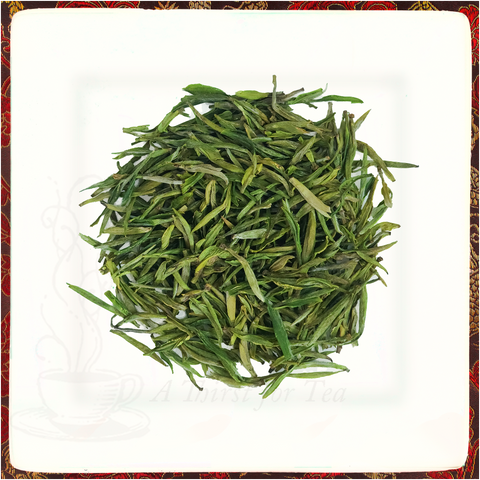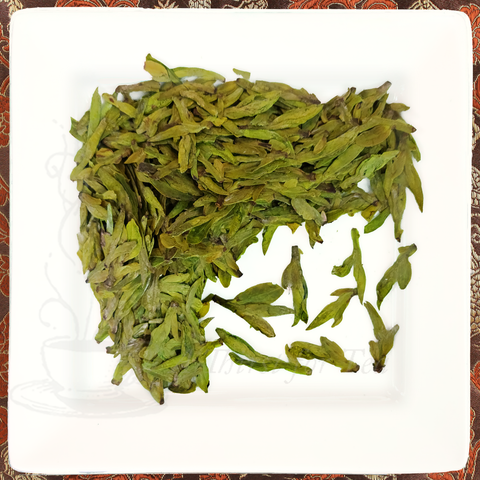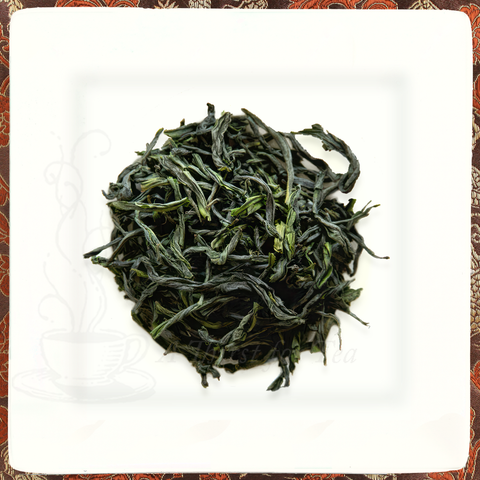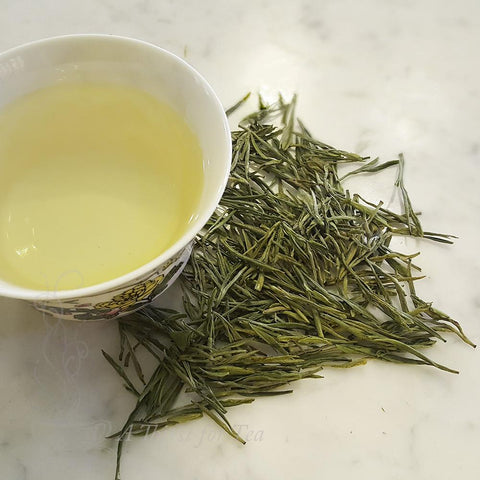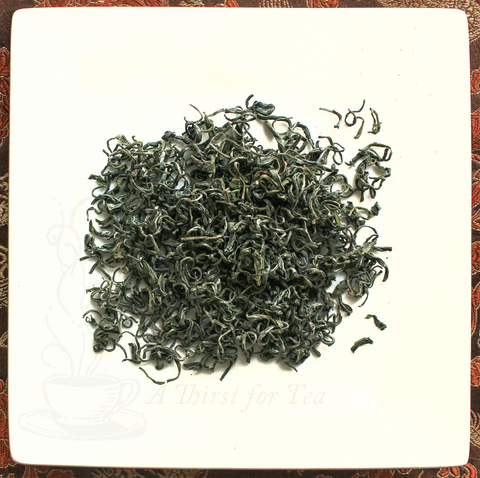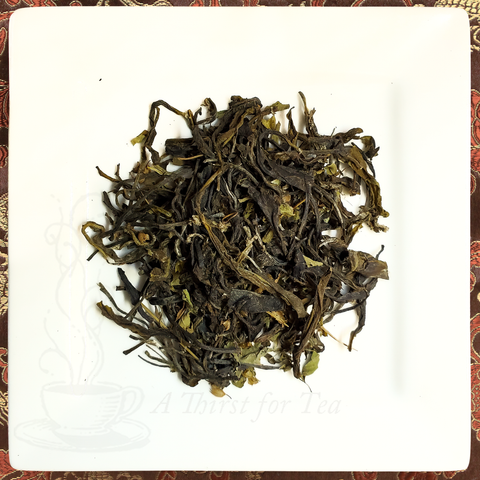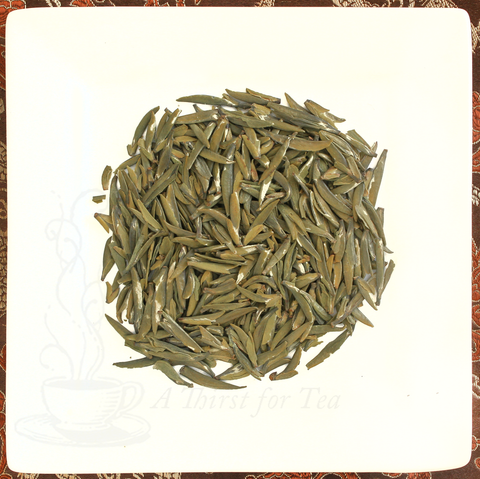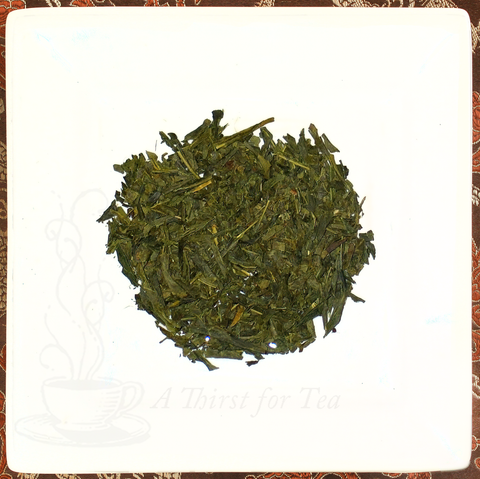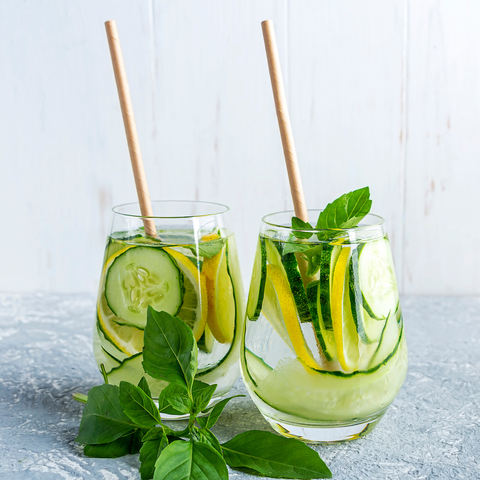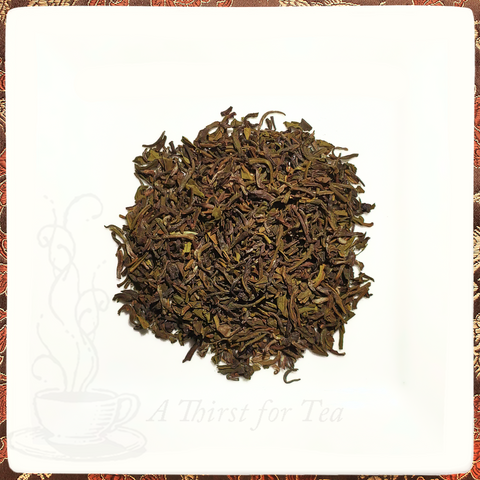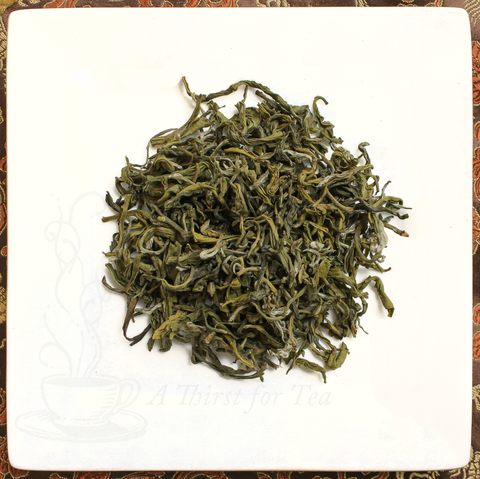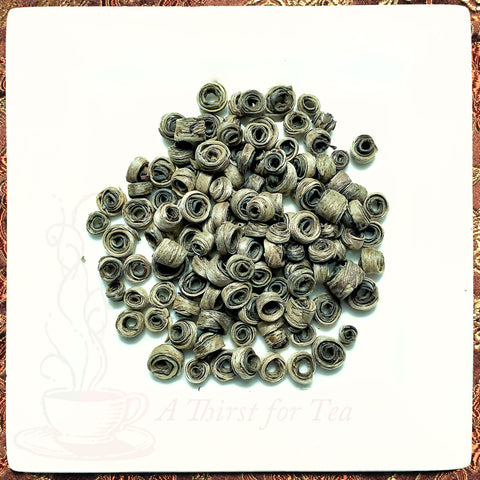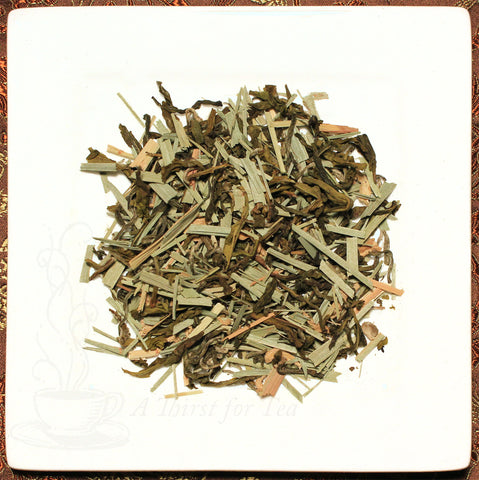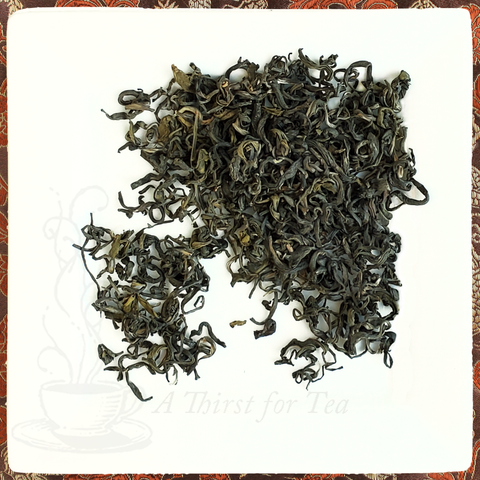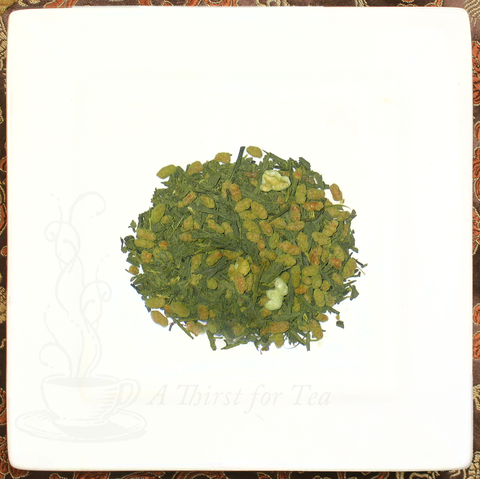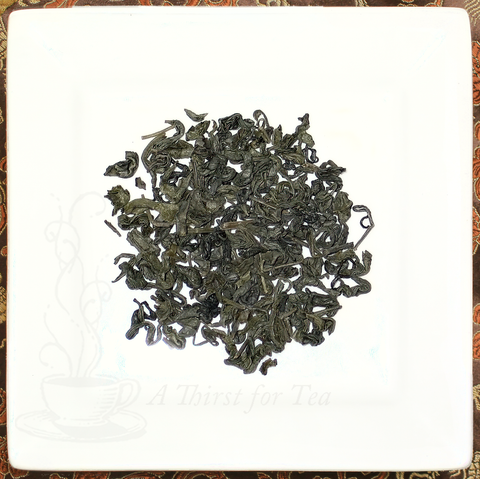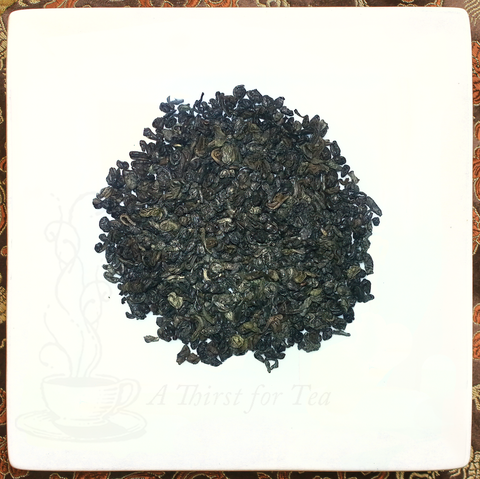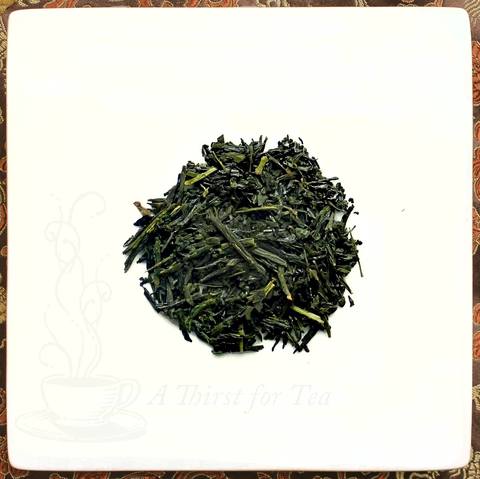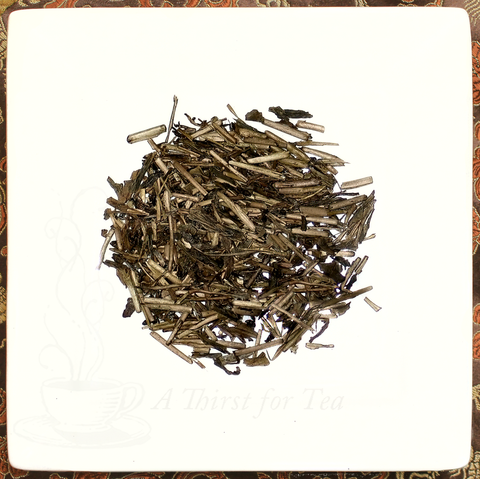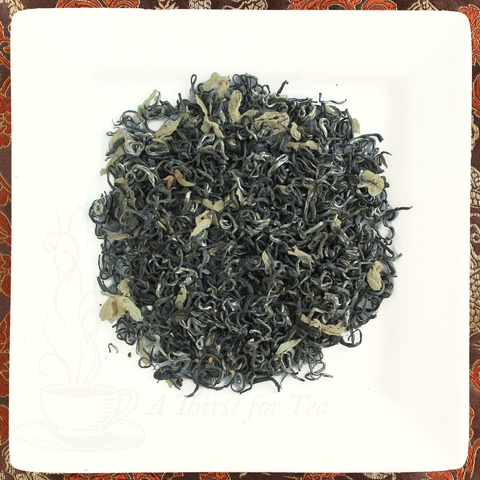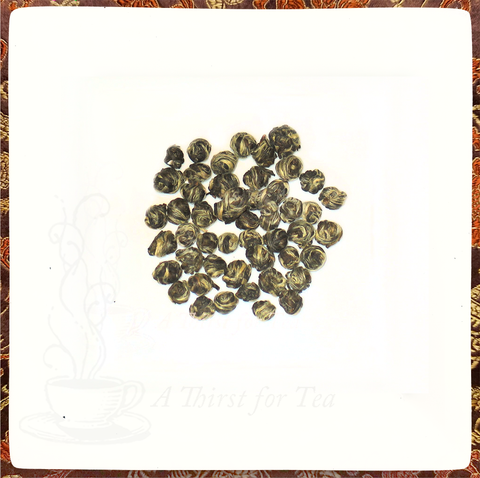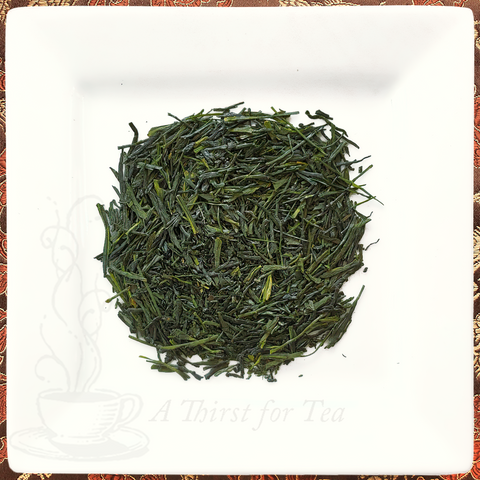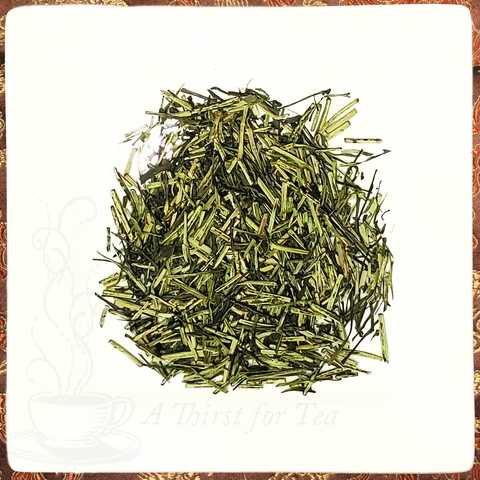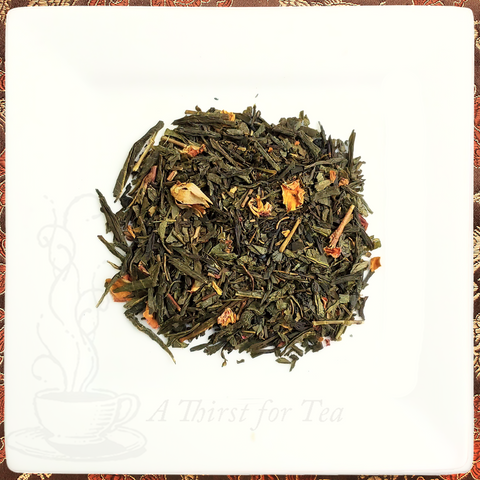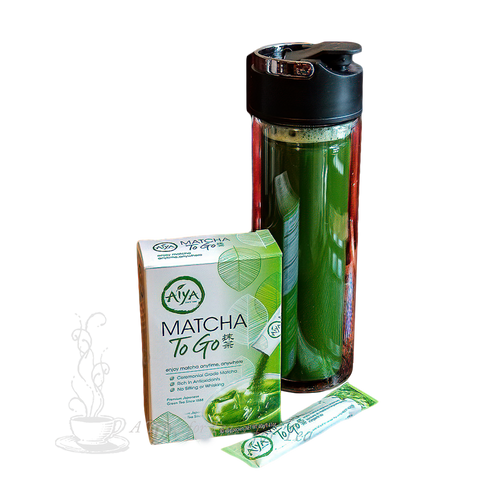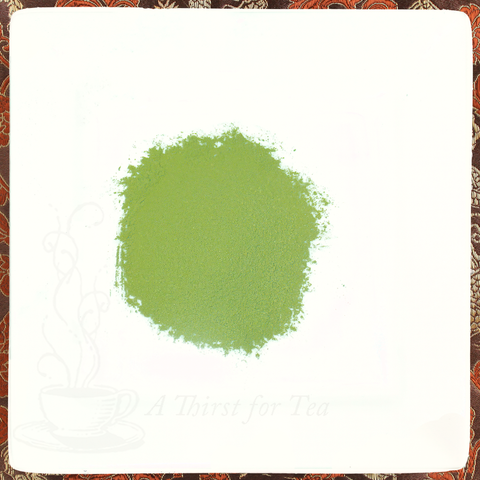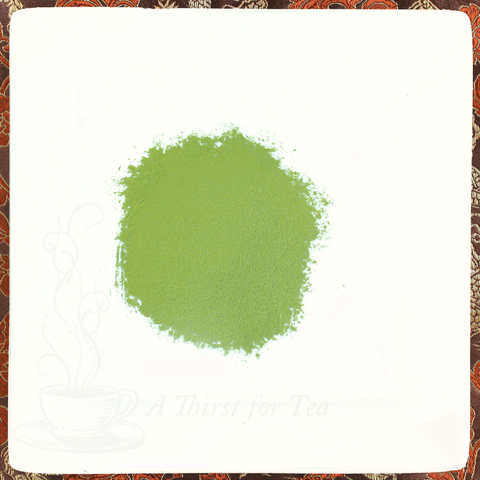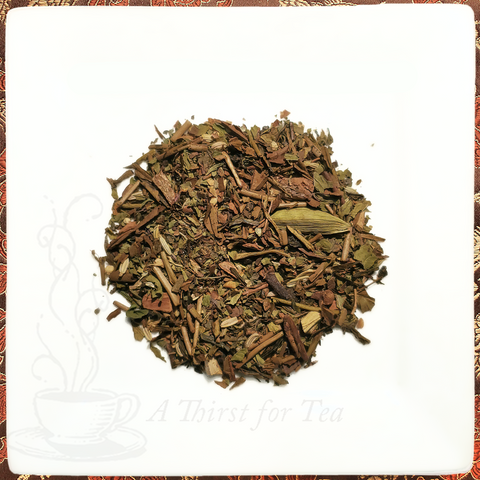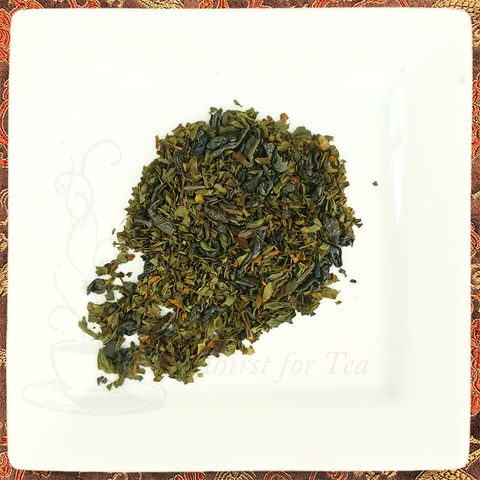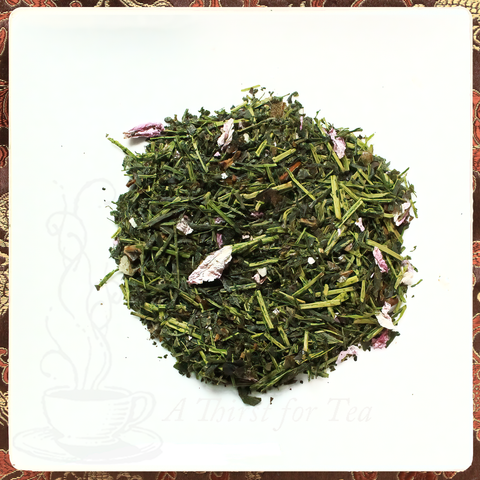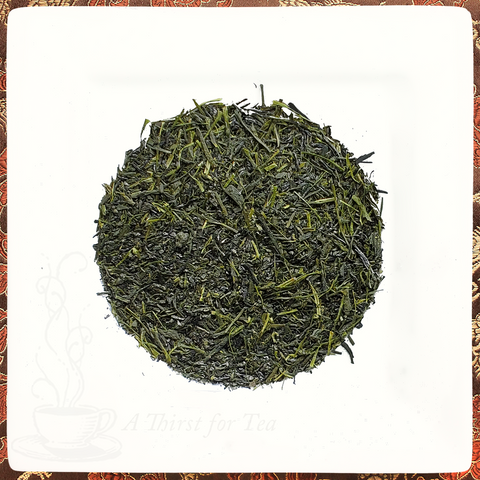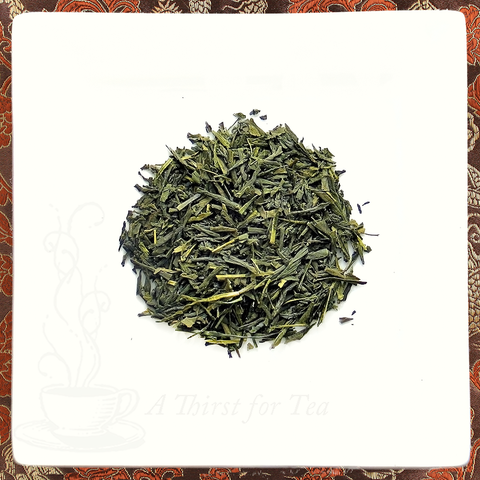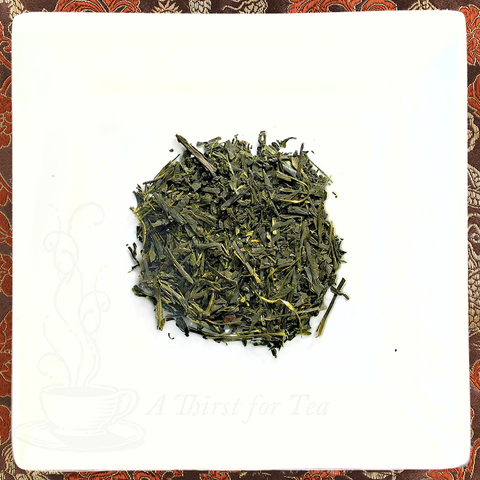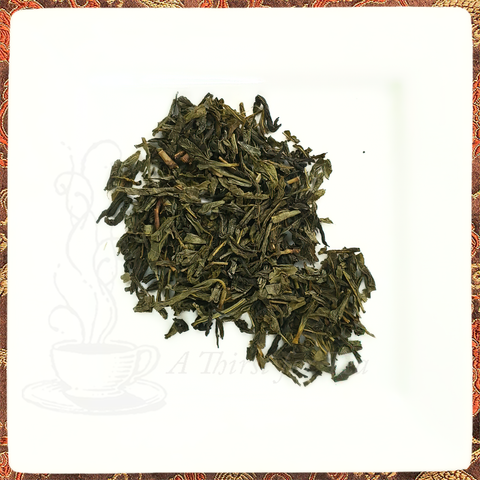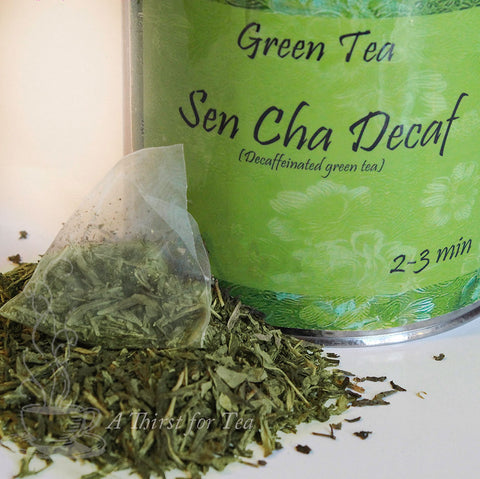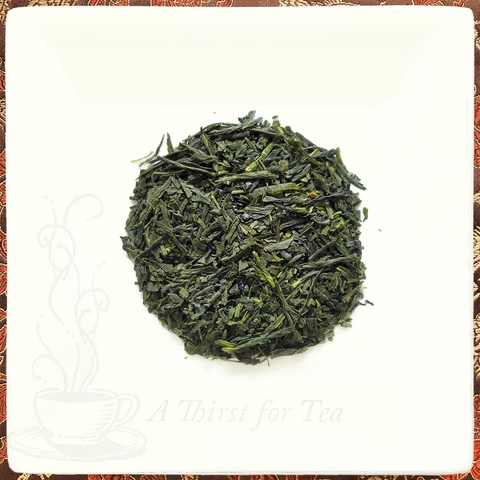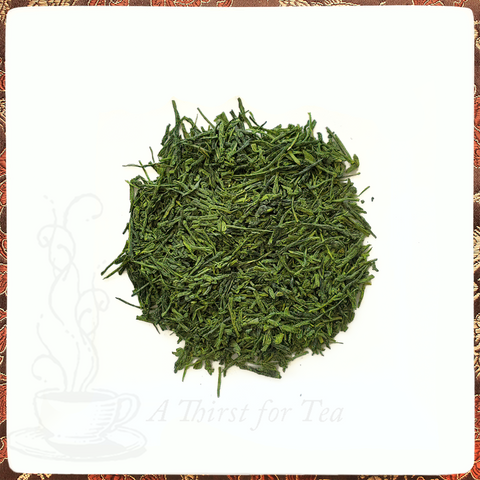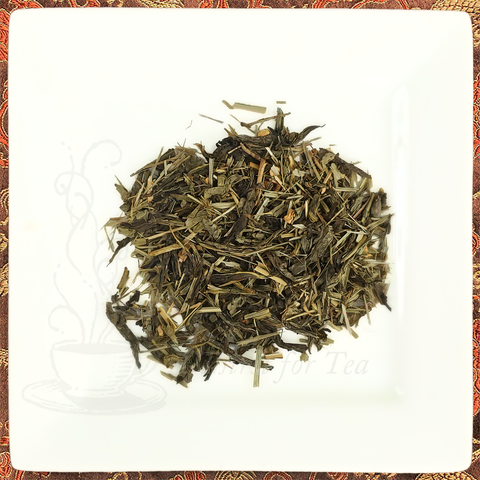Yabukita is the incomparable Camellia sinensis cultivar that won over Japan in competitions time and again with scores of 10/10 across the board. The dark green leaves are plucked in early spring and are deeply steamed in the Fukamushi style producing a bright emerald liquor with a lush grassy aroma and hints of osmanthus and shitake mushroom. The taste is sweet and slightly grassy with light vegetal notes reminiscent of spring for a full bodied, buttery mouthfeel. A subtle hint of nori seaweed contributes to the rich umami and brine flavor found submerged in this broth-like liquor leading to a long pleasant finish. With each sip, a consistent elegant creaminess glides across your palate and offers an almost meditative drinking experience. Grown in Kakegawa, Japan, this 100% Yabukita Sen Cha is from a designated Globally Important Agricultural Heritage Site (GIAHS) where sustainable farming practices create a symbiosis between human agriculture and the local flora and fauna.
Ingredients: Single cultivar Yabukita Sen Cha green tea
Origin: Kakegawa, Japan
Brewing Instructions
Water Temperature: 170-175
Water Quality: Best with Spring Water
Amount of Leaf (per 6 fl oz water): 1 tsp. (3 grams)
Steep Time: 30 seconds to 3 minutes
Number of Infusions: 3
Sen Cha may be prepared in a standard teapot, tetsubin, or in your favorite mug or lidded gaiwan. Sen Cha Yabukita is considered by many to be more intense than regular Sen Cha teas, so you might want to decrease the steeping time a bit. For best results, we recommend that you pre-warm your vessel, and place 3 grams of leaf per 6 oz of liquid, before infusing with 170-175 degree water for 30 seconds to 3 minutes. As with all green teas, most Japanese green teas can be infused at least three times. Increase the time and temperature slightly with each subsequent infusion. Experimenting with your own temperatures and steeping times is encouraged, especially with such a forgiving tea. Cooler temperatures and shorter times yield more mellow, fruity elements, while hotter water and longer times produce more floral and full-bodied complexities. Always use the best-tasting water you can find, and adjust steeping times, quantity of leaves, and water temperature to your personal preferences.
We highly recommend brewing your tea in a teapot or mug with a removable infuser so that you can remove the leaves at the end of the steeping time. Whole leaf teas of this quality need room to unfurl and expand in the water in order to perform their "magic." If you don't have a removable infuser, you can brew the loose leaves directly in the pot. At the end of the steeping time, pour all of the tea into a warm serving pitcher or pot.

